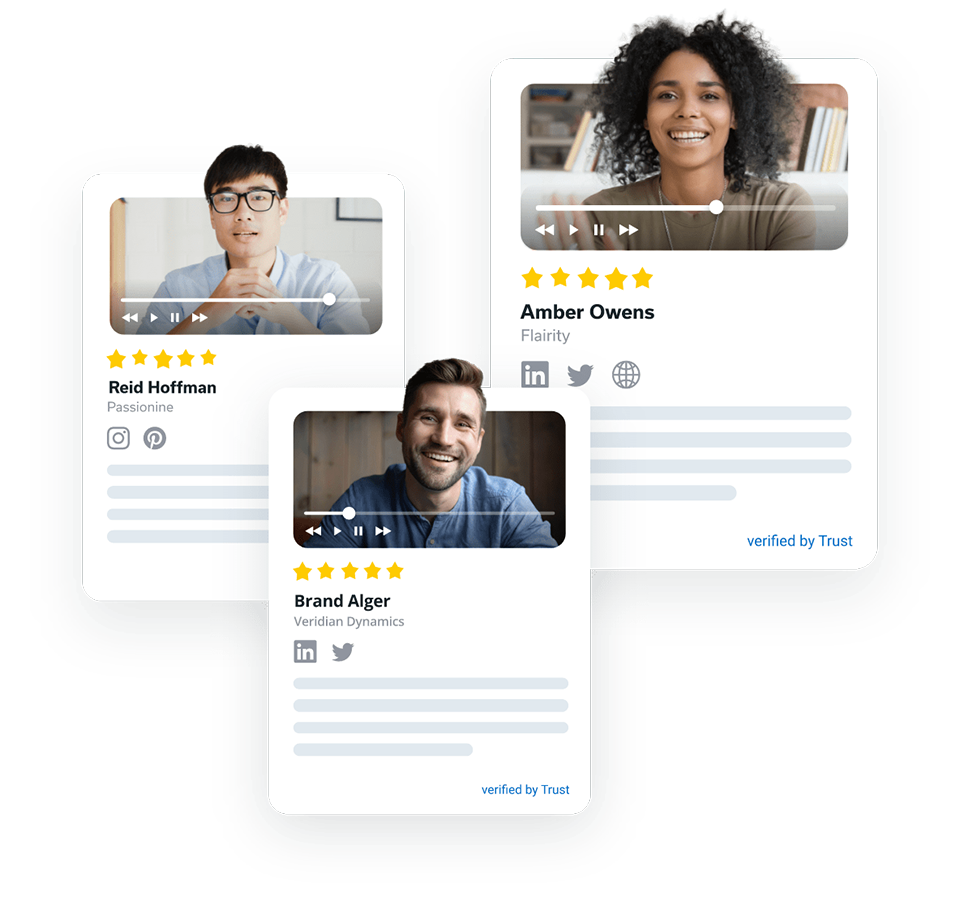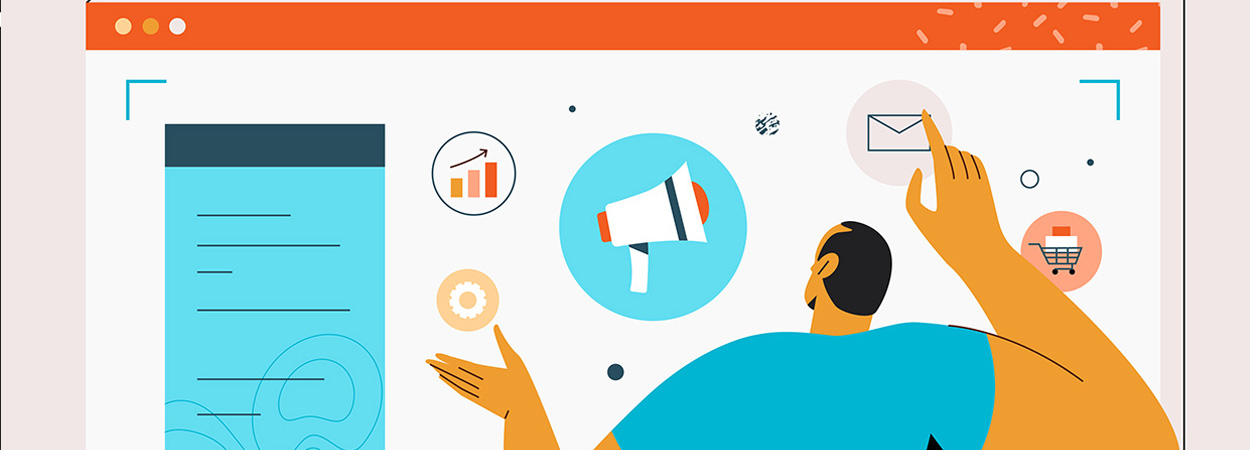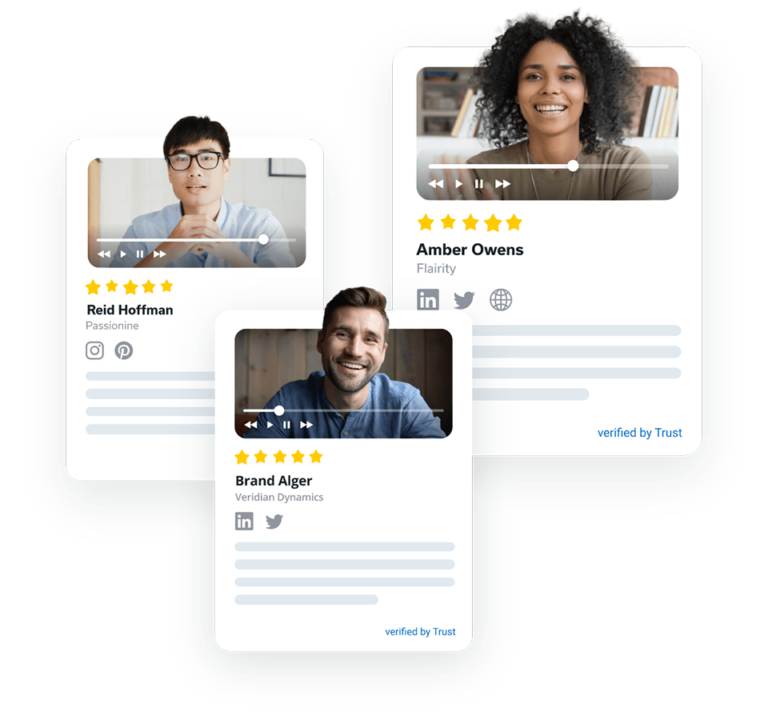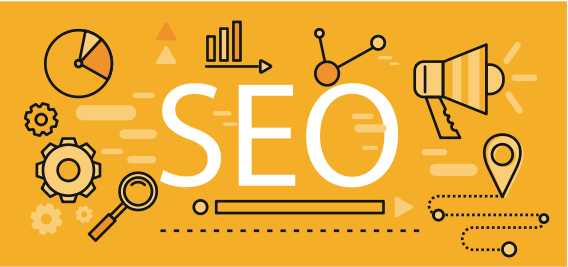The Comprehensive Customer Lifecycle for Growth Hackers
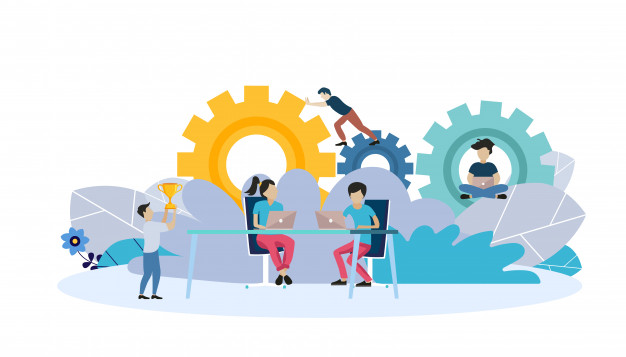

The days when marketing efforts revolved around identification of potential customers and techniques for converting them are long gone. With the rapidly evolving digital world comes a lot of opportunities for gaining and even losing customers. That is why marketing strategies have extended to include more factors that ensure you gain as much as possible from a customer.
One of the biggest mistakes a business leader can make in trying to grow is solely focusing on customer acquisition. This could result in the “leaky bucket problem” – a situation where customers leave without generating much profit or any at all, and all those resources used to attract them get wasted.


This article is all about helping you understand six stages of customer lifecycle so you can “growth hack” your marketing campaign every step of the way.
If you can manage to maintain a good impression with your customers throughout their journey with you, you’ll surely increase your Customer Lifetime Value (CVL).


Awareness
This is where your potential customer learns about your existence for the first time and where you start building a relationship with them. Of course, your marketing campaign will have begun long before.
Making a good first impression with people who are just learning about your brand, products, and/or services is what sets the stage for the rest of the customer lifecycle. If they hear about you from their friends, you probably don’t have much control over what they are told.


If you are the one reaching out, however, ensure it’s to the right people. You want to get in touch with prospects that could actually benefit from what you’re selling.
Don’t forget to communicate what your product is all about clearly and precisely. Give examples of problems that you could solve for them and explain how to get your product or where to start. If you sell your product right at this point, customer acquisition becomes a downhill process.
Engagement
Customers will usually skip this stage. But it’s still important to note for those seeking to buy products that require a lot of investment. These customers will often engage with the brand prior to actually purchasing the product or the service to see if it’s worth their money. They’ll often do this by looking for your marketing content on your website and social media or signing up for your emails. In some cases, they’ll be contacting you and/or your team directly with some questions.


At this point, they’ll also start listening to what others are saying about your services. They’ll be paying attention to how you respond to requests and complaints. Companies that are in the habit of engaging the public through social media would usually excel when the customer is at this stage.
If a prospect begins to engage with your business, you are definitely in luck.
Evaluation
Whether a customer goes through the engagement process with your business or not, they will most certainly take the time to evaluate you as a brand. People nowadays will hardly make purchases without first doing some research. It could be months of research or just a quick comparison before making the final decision.


One of the best ways to ensure that you outdo your competitors at this point is to provide a lot of digital self-service. Today’s shoppers like to find information online by themselves before they even ask a friend. Be keen to answer all the possible questions your consumers could have. Provide some videos that explain what you do, the problems you solve, or why you are your customers best bet.
If you have agents, brand ambassadors, and store outlets, be sure to give them access to the same information. If people receive consistent information concerning your services over multiple channels, they’ll be more confident in choosing you. Otherwise, conflicting answers could tank your marketing campaigns.
Purchase
For the first time in their lifecycle, the customer does what you wanted them to do. It is critical to be helpful when a potential customer wants to make a purchase. Most consumers – around 83% – will usually expect some support when buying things, especially when it’s being sold online. And, 56% will opt out of the process if they can’t find or don’t receive a quick answer to something they want to know.


Try putting a live chat customer service option in addition to self-service at this point. 40% of consumers confess to having their hearts won over by websites that have a live person that answers their questions real-time. It could be the difference between sealing and losing the deal!
The reason is that a person’s reassurance always sounds more convincing than a machine. Chat assistance is the final push you need to give visitors who are considering making a purchase to turn them into trusting customers.
Support experience
We all know that getting a new customer is more difficult than keeping an old one. It is also more expensive (up to seven times more costly). This is why it’s better to provide your customers with post-purchase support.


The kind of post-purchase service you give will determine what kind of lasting opinions your consumers will have on you. In fact, arguably, the customer lifecycle does not begin until after this stage. Besides just delivering on the quality you promised, this is how you assure customers that you are committed to helping them succeed. Most consumers regard this kind of customer service as the true indicator of how much a company values them. And others think it’s a crucial consideration when deciding which brands to remain loyal to.
Referral
So you have attracted the potential buyers, shown them why they need your product, sold it to them and followed up to ensure they are satisfied. You have nurtured them to a point where they are confident in you enough to tell others that they are missing out. Thumbs up!
You have managed to create the most valuable customers – the ones who jump right back into the lifecycle and bring their friends with them. These are the kind of customers you should nurture, not just the ones that buy once and bailout.
What next?
The bad news is that a customer becomes unhappy and stops using your products and services eventually. It will always happen. You still want to give a good impression even at this point. Social scientists say the last impression counts more than the first. Ensure you end things in the most courteous manner possible. That way, you might still get them back. If not, then they can at least refer you to other potential customers.
Perhaps they simply left in search of a particular feature that wasn’t in your product or they just wanted to try something new. And, when you make improvements, you’ll have a chance to win them back. Read about Dave McClure’s AARRR Growth Hacking “pirate metric” system to help make your business even more successful!
